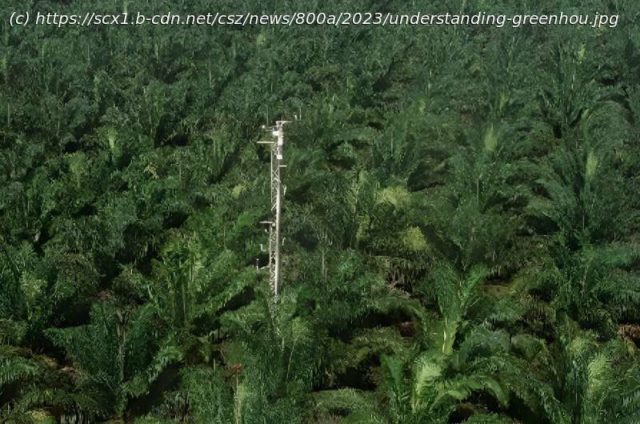The rapid spread of oil palm plantations and associated high use of fertilizer raises concerns about the emission of nitrous oxide (N2O), a powerful greenhouse gas. A new study by an international research team led by the University of Göttingen shows that oil palms’ photosynthesis and their response to meteorological and soil conditions play an important but still widely unexplored role in the amount of N2O produced by oil palm plantations.
The rapid spread of oil palm plantations and associated high use of fertilizer raises concerns about the emission of nitrous oxide (N2O), a powerful greenhouse gas. A new study by an international research team led by the University of Göttingen shows that oil palms’ photosynthesis and their response to meteorological and soil conditions play an important but still widely unexplored role in the amount of N2O produced by oil palm plantations.
The study was published in the journal GCB-Bioenergy. The results are important for strategies to reduce the negative impact of N2O emissions from oil palm cultivation by selecting appropriate locations and improving plantation management.
During recent decades, rising global demand for cheap oils and fats has promoted the expansion of oil palm plantations in tropical regions. High yields of palm oil are typically achieved by a high use of fertilizer.






